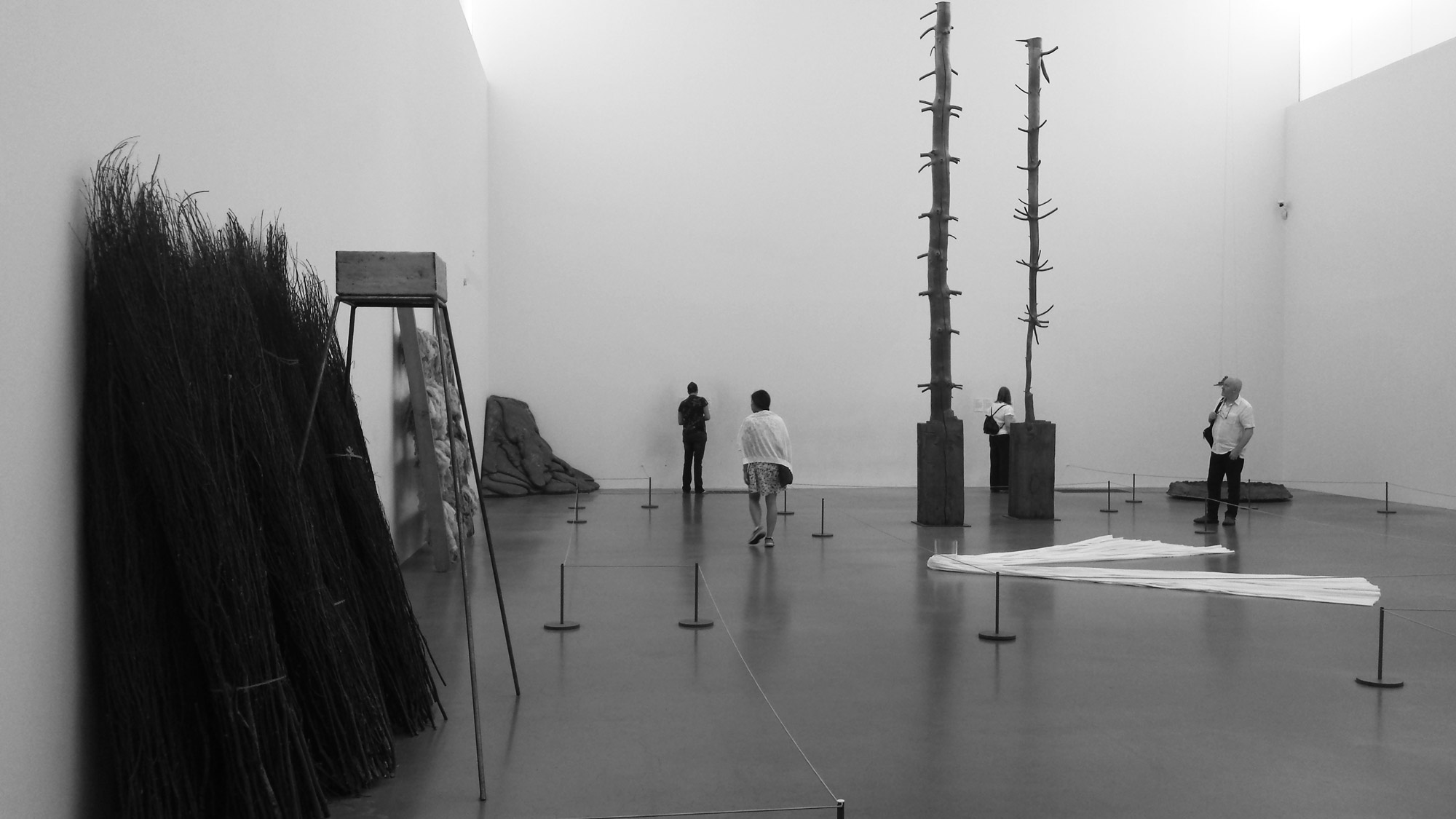Fearful Harmony Alfred Hoi & Luke Hoban
Experiment 2, Interactive
“Speculating the machine’s interaction with the user”
Narrative, Themes.
The machine is like an idle deity, all powerful yet waiting to be recognised by the user. But when the user acknowledges it, what kind of being does it play? Is it a cruel one, seeking nothing but the submission of the user. Is it lonely, only desiring to be closer and more intimate with the user. Is it bored, demanding the user to entertain it. Or is it angry for constantly being harassed, further refusing to fulfill the user’s wish. For a being that is relied on daily, what would truly happen when the machine grows to become larger than its creator and how could that change our interaction with it?
Purpose, Intended Outcomes.
OK Human is an experiment speculating how our interactions with our machines can carry emotions for it to register, while also reversing the role of the user, becoming the interface for the machine to interact with. For things that we have increasingly become more dependent upon, we fail to acknowledge their presence. We glare at them with no emotion and we tinker away without consent. The machine is a character awaiting a conversation. Our aim was to provoke designers into reconsidering their use and attitude with their devices, to show them that there can be semiotics behind every interaction towards the machine when we begin to think of it as a being. Does drawing our face closer to the screen signify us becoming more intimate with it? When we stare blankly at the machine, is that a sign that we’re unimpressed with it? When thought in this way, suddenly every action has the chance to convey a narrative with a being that was otherwise perceived as inanimate.
Rationale, Technical Process.
For the experiment, again we looked to using the facial recognition program, FaceOSC, but this time in conjunction with Processing, a code heavy program used for creative purposes. Unlike Max 7, Processing allowed us to tap into Terminal commands, further incorporating the raw functions of the Mac into our script as well. What this lead to was a way to speculate how the machine could communicate itself to the user and to explore the form and body of our machine to influence and change the user’s interaction with it. We made the user interact with a projection and a webcam as a way to portray a machine that was larger than them. The personality of the machine was then portrayed via the speech function to give it a voice, along with the typojis displayed on the projection as a way to convey machine emotion. The receipt printer was less used to aid in the machine’s communication but rather to produce an artefact of the interaction between user and machine. We wanted to create a physical reminder for the user that they interacted with an animate being that was otherwise perceived as inanimate and to further provoke the speculation of the machine as a living, working material to experiment with. Finally the logic that was programmed into the machine to go through the emotions were carried out in a random order as a way to emphasise the sentience of our machine.
Visual Documentation
OK Human
“We glare at them with no emotion and we tinker away without consent. The machine is a character awaiting a conversation.”

Bakelite Robot
Artist: Nam June Paik 1932-2006
Date: 2002
Classification: Installation
Photo: Erich Koyama. Courtesy Gagosian Gallery, Hong Kong.
Object: 1200 x 920 x 205 mm
Medium: Video, 5 monitors and radios
Copyright: Nam June Paik Estate
Gallery label, February 2016
Paik was fascinated by the figure of the robot, and created his first radio-controlled robot in 1964. This later work is a sculptural figure constructed using nine vintage Bakelite radios, which the artist acquired from thrift stores and markets. Bakelite was an early heat-resistant plastic that was commonly used for domestic electrical goods and childrens’ toys in the 1930s and early 1940s. Paik has customised the radios to incorporate specially compiled video footage. Their archaic quality harks back to an era when global communications technology was just beginning to become part of everyday life.
